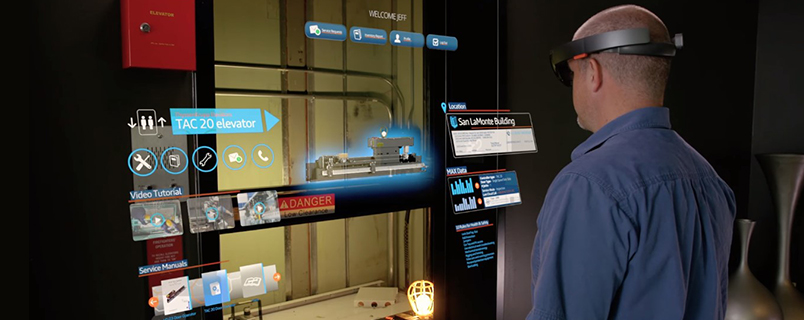The Rise of Immersive Technology in Training
Immersive technologies are establishing opportunities to make training more experiential, providing employers with the opportunity to “transport” trainees into an environment where they are engaged at greater depths than previously possible.
Conventional training takes place in closed spaces involving image representation or basic computer programs such as PowerPoint. These types of training provide details about the job but do not offer a realistic representation of the daily tasks required by the employee. Immersive training provides employees with accurate representations of their day-to-day activities, offering hands-on training that adequately prepares employees to handle their tasks and responsibilities.

Benefits of Immersive Technology for Training
These forms of immersive training have been shown to increase information retention by creating a more engaging and enjoyable experience when training. As businesses use significant resources in training, immersive training can significantly reduce costs for businesses, with some industries showing a 40% reduction in staff training times when using immersive training.
Immersive training is also shown to provide a much safer training experience to employees. By creating virtual or augmented working environments, the risks involved with employee training can be eliminated, particularly in industrial and medical environments. One example of this would be employees training on large machinery where one wrong switch could slow-down or halt production, resulting in a massive loss in revenue for the business. By training employees on virtual replications of the real machinery, employers eliminate these risks entirely.
5 Types of Immersive Technology for Training
360° Photos allow learners to view inside a photographed setting as if they are in the middle of it. As users rotate the photo, they can click on specific icons that will reveal more information about that particular point of interest.
360° Videos offer these same benefits as 360° photos, but users are navigated through a series of scenes on a predefined training journey.
3D Simulations are computer-generated environments that allow trainees to gain hands-on training needed to perform specific tasks. Trainees can freely interact with objects in the 3D simulation but are limited to sitting in front of a computer.

Virtual Reality (VR) headsets completely immerse trainees, blocking all outside influences and ensuring the trainee interacts with the training environment in their virtual world.
Mixed Reality (MR) can also provide this greater immersion by layering digital content into the real training environment. One example of this is training employees using AR-enabled glasses. Trainees can be training in the real-world, but with digital information related to the steps they are taking relayed through the glasses.
ARVR INNOVATE was one of the first events of its type to be organised in Europe, focused from the outset on the commercial and business cases for augmented and virtual reality. With a unique focus on AR and VR as emerging technologies, we organise one conference per year, and this combined with an independently curated agenda, has seen it named as one of the top AR and VR events in the world. Read more about ARVR INNOVATE Conference & Expo.
Read more ARVR news.
All enquiries please email us: info@arvrinnovate.com


